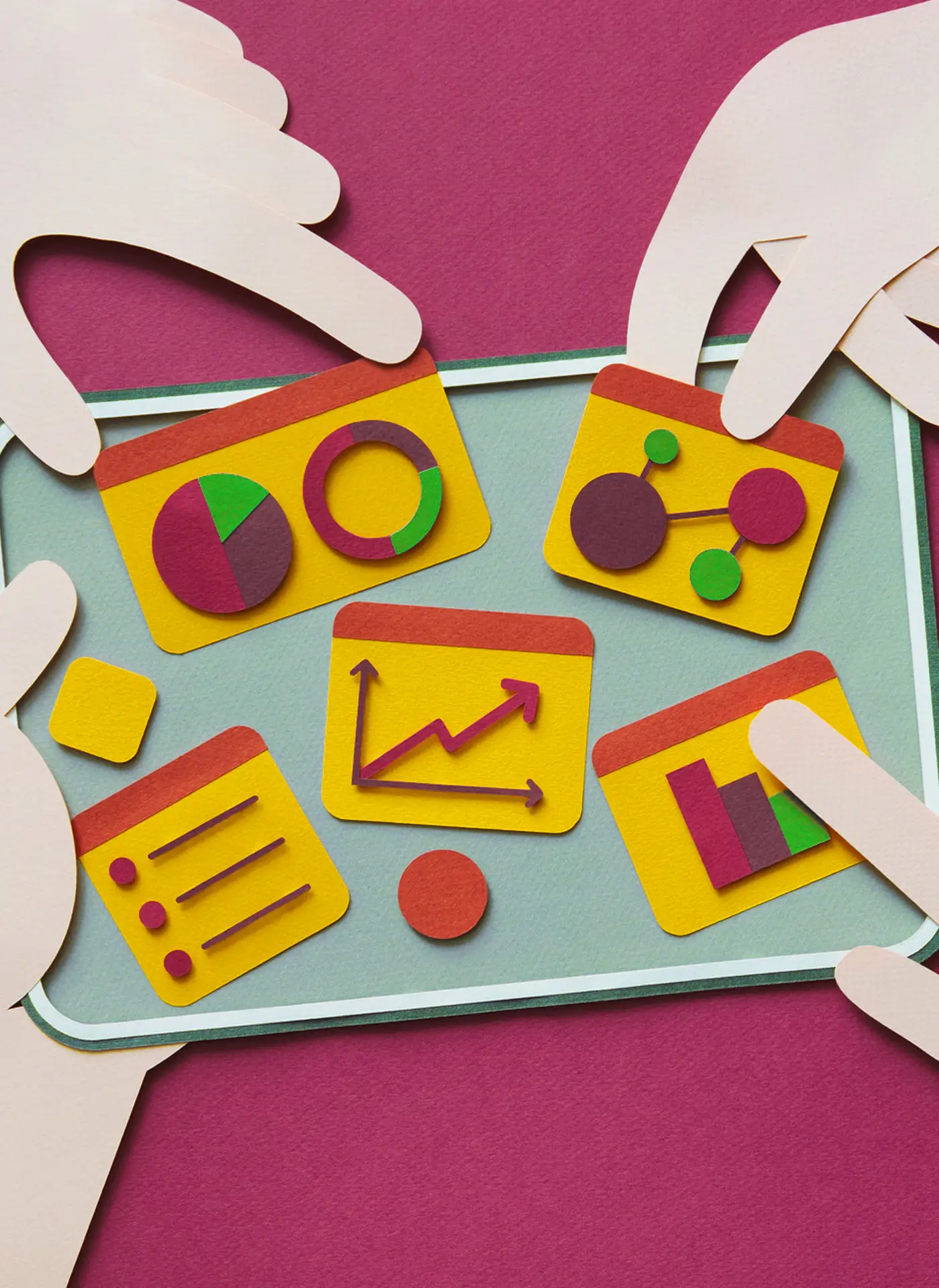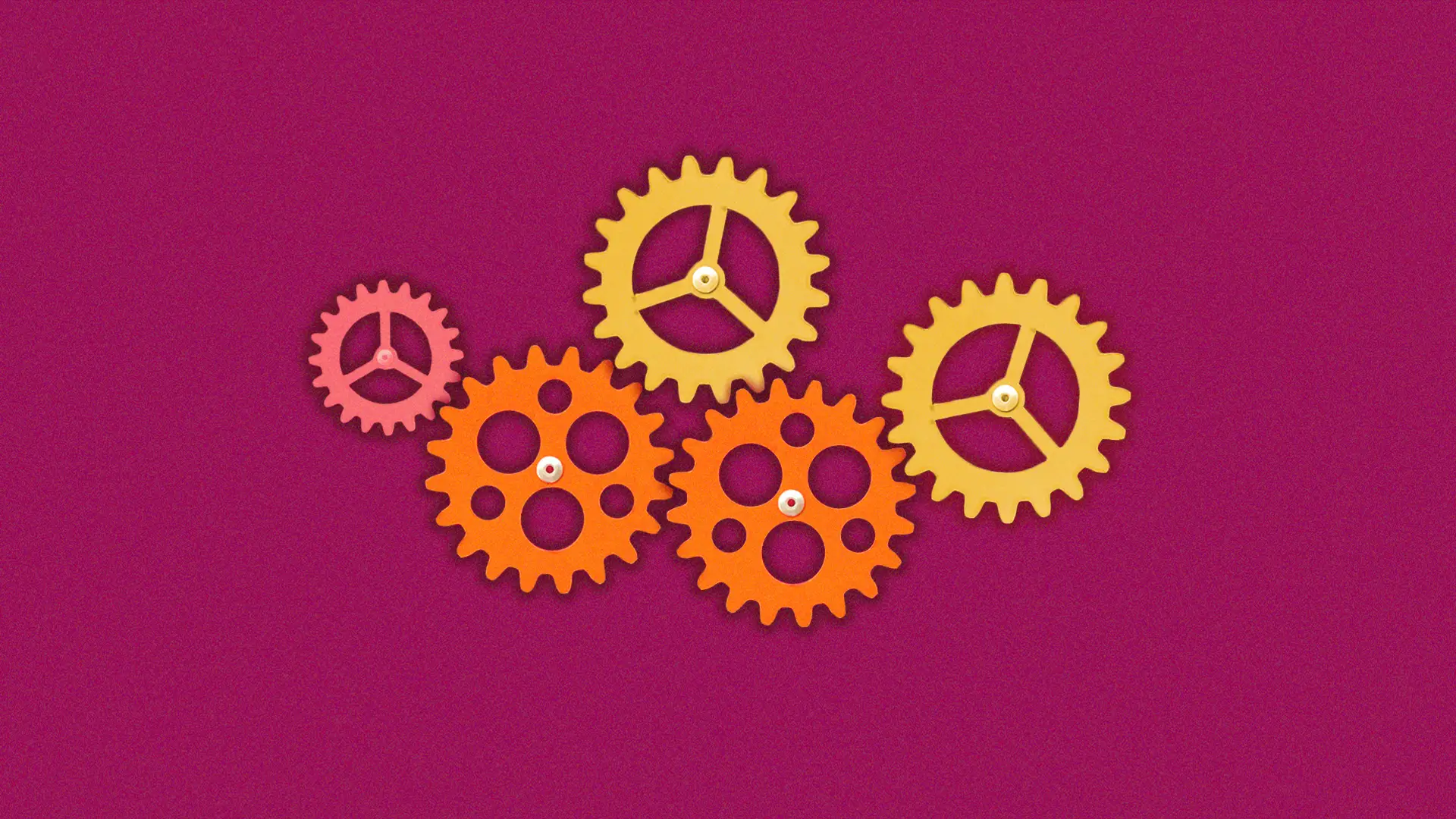

Key Takeaways
- Overloaded job descriptions for UX roles are confusing for applicants and lead to prioritization challenges and burnout.
- Using human centered design (HCD) principles can be a great way to craft UX roles and write more effective UX job descriptions.
- You can apply HCD to writing UX Designer and UX Developer job descriptions by conducting user research, defining core responsibilities, crafting compelling content, and then prototyping and iterating on the job description.
- Effective job descriptions are just the starting point—professional development, career pathing, and a collaborative culture are also critical to high-performing UX teams.
You finally found them—the UX designer who seems to tick all the boxes on your list. But a few months in, the cracks start to show. They're stretched thin, juggling responsibilities that seem more suited to a team than one person. Prioritization becomes a constant battle, and the initial spark in their eyes has dimmed, replaced by a weariness bordering on burnout. This, unfortunately, is a common scenario when job descriptions for UX Roles become overloaded wishlists.
Attracting qualified UX talent is just the first hurdle. Hiring someone who thrives in the role—and who can contribute meaningfully without feeling overwhelmed—is the real challenge. Here's where the traditional “catch-all” UX job description falls short. It not only attracts the wrong candidates, but it sets the stage for frustration, disengagement, and ultimately, high turnover.
The hidden costs of unclear UX design jobs
Imagine a job description for a “UX Designer / UX Developer / Marketing Specialist.” This practice of “bundling” responsibilities is a classic example of an overloaded job description, a common issue plaguing the design industry. These descriptions have a significant negative impact, not only failing to attract qualified UX professionals but also creating a cascade of challenges for employers.
Recruiting struggles
When a job description for a UX role reads like a laundry list of unrelated skills and responsibilities, it sends a confusing message to potential applicants. Qualified UX design and UX developer professionals seeking roles that align with their specific skill sets and career goals are likely to skip over these overloaded descriptions. This leaves hiring managers with a pool of unqualified candidates, wasting valuable time and resources spent on screening and interviewing.
Work prioritization issues
Even if you manage to find someone who seems to fit the “do-it-all” description, juggling responsibilities that belong to multiple roles is a recipe for disaster. The constant struggle to prioritize between UX developer responsibilities, marketing tasks, and core UX design functions leads to two problems.
- Compromised work quality: When an individual is stretched thin, they are unable to dedicate the necessary focus and expertise to any one area. This inevitably compromises the quality of work across all assigned tasks.
- Increased risk of burnout: The relentless pressure to excel in multiple, often conflicting, areas leads to burnout. This can manifest in declining morale, decreased creativity, and, ultimately, a higher risk of employee turnover.
Retention problems
Overloaded UX roles not only contribute to burnout but also send a message that the company doesn't value the specific skills and expertise of UX design professionals. This can lead to dissatisfaction and a higher likelihood of talented individuals seeking opportunities that better align with their career goals and skill set.
What's more, UX job descriptions riddled with misleading or overloaded expectations can leave a negative impression on potential candidates. They may perceive the company culture as disorganized or lacking in respect for employee well-being. This can damage your employer brand and make it more difficult to attract top UX talent in the future.
Beyond the “bundling” issue, another common pitfall is the overuse of generic buzzwords in UX job descriptions. While using relevant keywords can help your posting get noticed by search engines, stuffing the description with jargon like “disruptive innovation” or “synergy” does little to attract qualified candidates.
Craft compelling job descriptions with human centered design
Imagine crafting a job description for a UX Designer that not only clarifies expectations for the role but also excites potential internal candidates. This is where human centered design principles come into play. Just like designing a user-friendly interface, creating an effective job description requires understanding the needs of both the company and the ideal candidate. Here's how to leverage HCD principles to craft compelling UX job descriptions for internal use:
1. Conduct user research (Who are you hiring for?)
- Internal interviews: Start by interviewing key stakeholders within the company. This could include team members who will be working directly with the new hire, as well as leaders who will oversee their work. Discuss the specific needs and challenges of the UX role. What skills and experience are essential for success?
- Skills gap analysis: Identify any potential skills gaps within your existing team. Are there specific areas of UX design expertise that need to be bolstered? This will help you tailor the job description to attract candidates who can fill those gaps.
- Employee career pathing: Consider the career aspirations of your current UX design professionals. How can this role be positioned as a natural progression in their career development?
2. Define the core responsibilities (What will they be doing?)
- Focus on outcomes: Move beyond simply listing tasks. Instead, focus on the desired outcomes for each core responsibility. What impact will the UX professional have on the team and the product?
- Prioritization and delegation: Be realistic about the workload. Avoid overloading the role with responsibilities that belong to multiple people. If collaboration with other teams is required, clearly outline the expected level of involvement.
- Use clear and concise language: Avoid jargon and technical terms that may not be familiar to all UX professionals. Focus on clear and concise language that accurately reflects the role's duties.
3. Craft compelling content (Why should they care?)
- Highlight team dynamics: Showcase the collaborative and supportive nature of your UX team. What makes working on this team unique and rewarding?
- Learning and development opportunities: Outline the opportunities for professional growth and development within the role and the company. What training programs or mentorship opportunities are available?
- Project impact: Clearly communicate the impact that the UX professional will have on the company's products and success. How will their work make a real difference?
4. Prototype and iterate (Test and refine your description)
- Get feedback: Don't just write it and post it. Seek feedback on your draft job description from internal stakeholders as well as UX professionals within your company. Are the responsibilities clear? Does the description accurately reflect the role and team environment?
- Refine and revise: Be prepared to iterate on your job description based on the feedback you receive. The goal is to create a description that resonates with the ideal internal candidate and encourages them to apply for the opportunity.
Structuring the job description
Once you have a clear understanding of the ideal candidate, you can start crafting a job description that speaks directly to them. Here's a recommended structure to follow:
- Job title: A clear and concise title that accurately reflects the role's scope and responsibilities (e.g., “UX Designer – Website”).
- Job summary: A 3-4 sentence overview outlining the position's core function, key responsibilities, and contribution to the team.
- Core competencies (soft skills): A list of essential soft skills required for success in the role. Here are some examples of soft skills that are relevant to many UX roles:
- Effective communication: Effective communication, active listening, tailoring messages for diverse audiences.
- Problem-solving: Ability to identify, analyze, and develop solutions to problems.
- Change management: Adaptability to new challenges and a growth mindset; Ability to help others manage successfully through change.
- Team player: Ability to work effectively within a team, valuing diversity and fostering collaboration.
- Leadership potential (some roles): Vision, executive presence, and skills to inspire and guide teams.
- Success metrics: A clear definition of how success will be measured in this role. This could include:
- Improved user satisfaction: This is a broad but impactful metric that demonstrates the positive impact a strong UX professional can have. Mentioning specific approaches to measuring user satisfaction, like surveys or usability testing, adds detail.
- Increased user engagement: Similar to user satisfaction, highlighting a focus on increasing user engagement (e.g., time spent on the platform) showcases the candidate's ability to create a more engaging experience.
- Reduced user errors: This metric demonstrates the ability to identify and address usability issues.
- Contribution to project goals and objectives: This emphasizes the UX professional's role in the larger product development process.
- Job responsibilities: A detailed list of the core responsibilities, with specific examples and desired outcomes. Focus on what the UX professional will be doing on a daily basis and the impact they will have on the team.
- Skills and experience: A clear outline of the essential skills and experience required for the role. Be specific about the must-have qualifications while mentioning any additional skills or experience that would be a plus.
- Technical skills and technologies: A list of the necessary technologies and tools required to perform the job effectively. This may include:
- Specific applications (e.g., Figma, Adobe XD)
- Hardware (e.g., mobile devices for user testing)
- Generative AI tools (for copywriting or creative production)
For more on the nuts and bolts of writing effective job descriptions, check out the blog post How to write job descriptions for creative roles.
Beyond the UX job description
Attracting qualified UX professionals is a crucial first step, but fostering a thriving UX team requires a holistic approach. While crafting clear and compelling job descriptions is essential, it's just the foundation.
Remember, talented UX professionals are drawn to environments that value their expertise and empower them to make a real impact. This means investing in professional development opportunities, fostering a culture of collaboration, and establishing clear career paths within the organization.
Want to learn more?
We partner with clients every day to develop UX team structures, craft roles, write job descriptions, and plan and execute recruiting strategies to build a thriving UX team. Whether you're actively hiring or planning for the future, we can help.
Related

Great brand collaborations are the best to strengthen identity.
Design & Experience, Insights & Trends, Marketing & Creative, Beauty and Fashion

Consumer demand and policy are driving EV market growth.
Development & Technology, Insights & Trends, Automotive

Are you missing opportunities to improve health screenings?
Design & Experience, Marketing & Creative, Health


